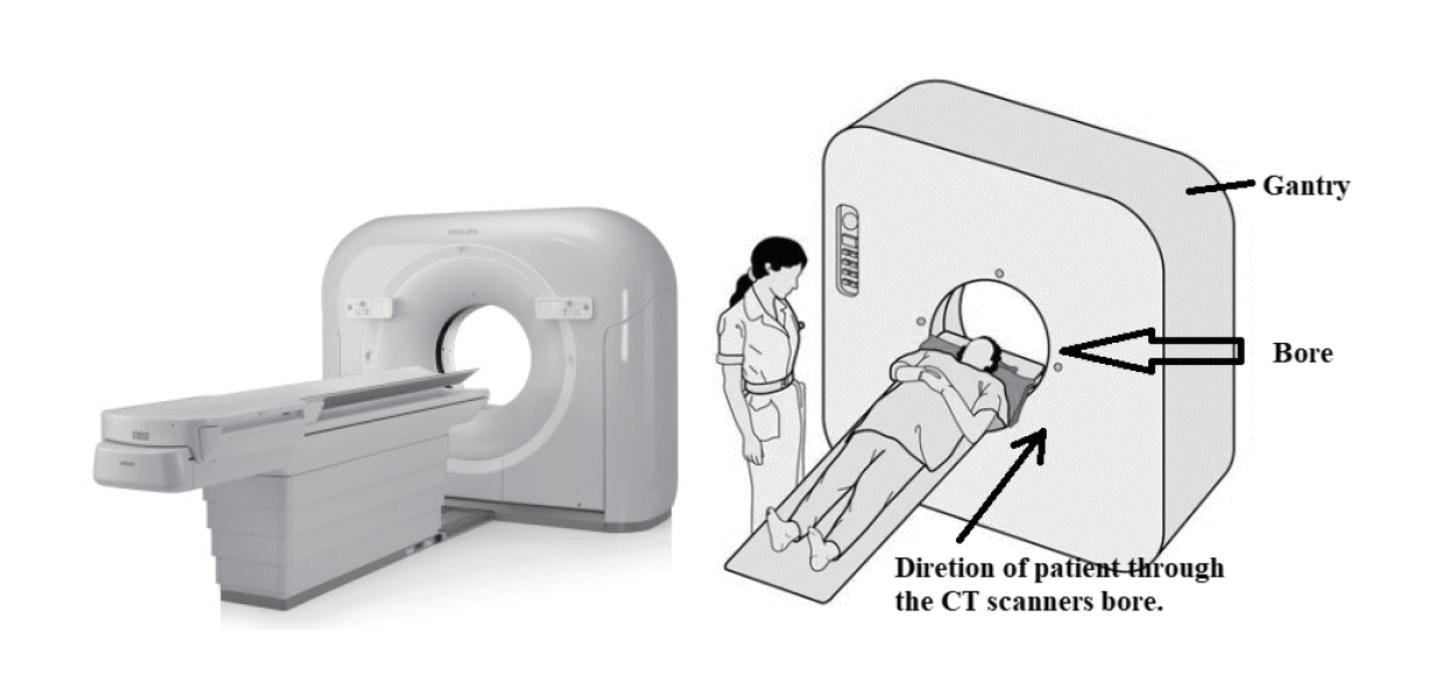Content

Quick Summary
Each medical device section includes quick points. These are the most important summary points of the medical device.

Questions & Answers
Each medical device section includes challenge questions at the beginning of the chapter and answers at the end of the chapter. This challenges the reader to retain the most important points of the medical device.

Information Layout
Each medical device section includes:
- Clinical Information
- Parameter Detection
- Common Functions
- User Setup
- Testing/PM guidelines
- Quick Service Tips
Introduction
This section provides the reader with a summary. It answers questions such as what does this book provide to the reader? What does this book offer to the student or new graduated biomed? How does a new graduate prepare for an interview? What does this book offer to the existing biomed?


Chapter 1: The Biomedical Technologist
An overview of what a biomedical technologist/technician is. It outlines what a biomed’s responsibilities are in the field. How a biomed is involved in patient care. A biomed’s typical day. What is preventative maintenance (PM)?
Chapter 2: Hospital Departments And Their Devices
An overview of main departments within a hospital and the devices a biomed is expected to service in each department.


Chapter 3: Admission Discharge Transfer (ADT) System
This chapter gives the reader the basics of an ADT system. It covers the HL7 Standard, common features of the ADT System and how the biomed interacts with the ADT System. There are challenge questions at the beginning of the chapter with answers found at the end.
Chapter 4: Electrical Safety
This chapter outlines electrical safety for the reader and how electrical safety standards govern the checks performed. This chapter also includes how the biomed performs electrical safety checks using a safety analyzer. There are electrical safety challenge questions at the beginning of the chapter with answers found at the end.
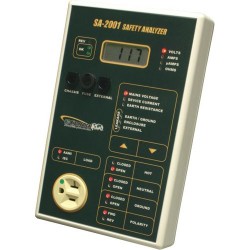
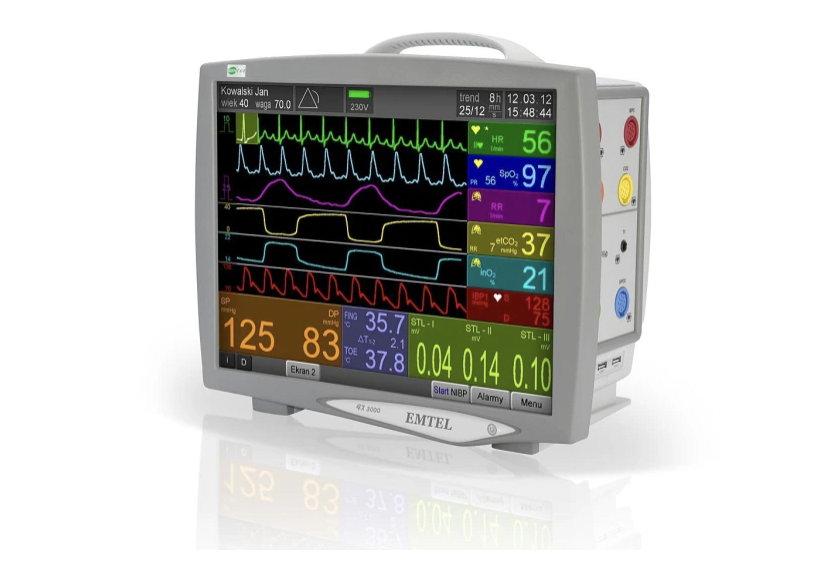
Chapter 5: Patient Monitors
This chapter outlines patient monitors and numerous parameters measured. Each parameter section discusses clinical information, parameter detection, common parameter features, user setup, preventative maintenance and service tips of each parameter. There are parameter challenge questions at the beginning of the section with answers found at the end. Parameters covered include:
- ECG
- RESP
- TEMP
- NIBP
- IBP
- SpO2
- CO
- Central Stations
Chapter 6: Infusion Pumps
This chapter outlines Infusion Pumps and includes clinical information, common Infusion Pump features, user setup, preventative maintenance and service tips. There are Infusion Pump challenge questions at the beginning of the chapter with answers found at the end.
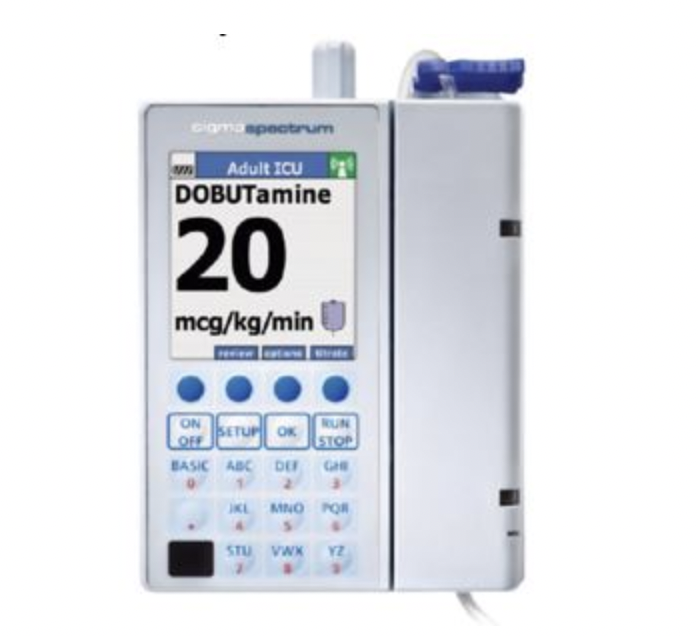
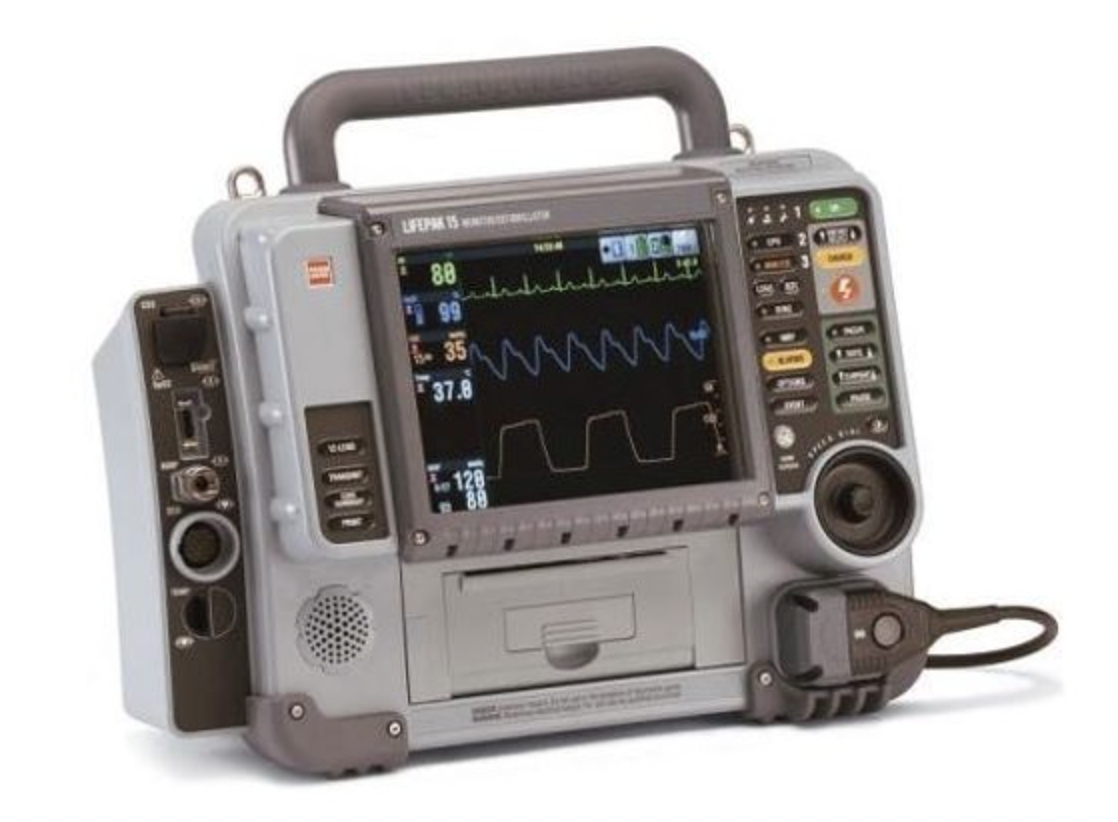
Chapter 7: Cardiology
This chapter outlines a variety of cardiology equipment. It includes clinical information, common features, user setup, preventative maintenance and service tips of each cardiology device. Each device section includes challenge questions at the beginning of the section with answers found at the end.
- Defibrillators
- Electrocardiographs
- Holter Monitor Systems
- Treadmill Systems
Chapter 8: Operating Room
This chapter outlines a variety of equipment found in the OR. It includes clinical information, common features, user setup, preventative maintenance and service tips of each device. There are Infusion Pump challenge questions at the beginning of the section with answers found at the end.
- Blood Warmers
- Electrosurgery Units
- Anesthesia
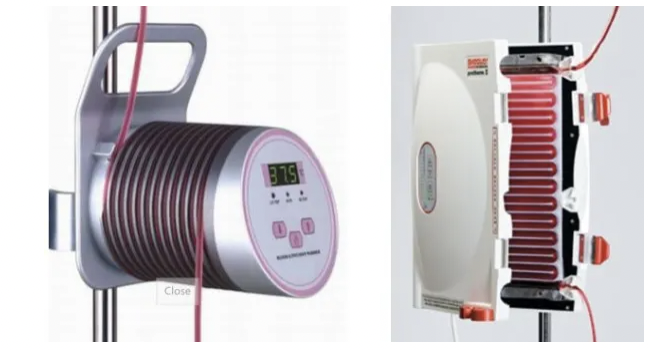

Chapter 9: Neonatal
This chapter outlines a variety of neonatal equipment. It includes clinical information, common features, user setup, preventative maintenance and service tips of each device. Each device section includes challenge questions at the beginning of the section with answers found at the end.
- Fetal Monitors
- Infant Incubators/Phototherapy
- Infant Radiant Warmers
Chapter 10: Respiratory Ventilators
This chapter outlines a ventilator. It includes clinical information, common features, user setup, preventative maintenance and pre-tests of a ventilator. There are ventilator challenge questions at the beginning with answers found at the end.


Chapter 11: Hemodialysis
This chapter outlines a device many biomeds work in exclusively, hemodialysis. It includes clinical information, common features, user setup, preventative maintenance and service tips of hemodialysis devices. There are Hemodialysis questions at the beginning with answers found at the end.
Chapter 12: Physiotherapy
This chapter outlines a variety of physiotherapy equipment. It includes clinical information, common features, user setup, preventative maintenance and service tips of each physiotherapy device. Each device section includes challenge questions at the beginning of the section with answers found at the end. Devices include:
- Biofeedback
- SW Diathermy
- Interferential
- TENS
- Traction
- Ultrasound
- Wax Baths
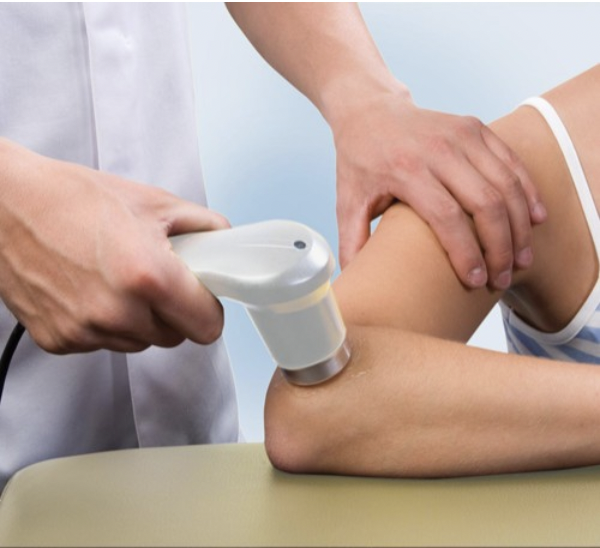
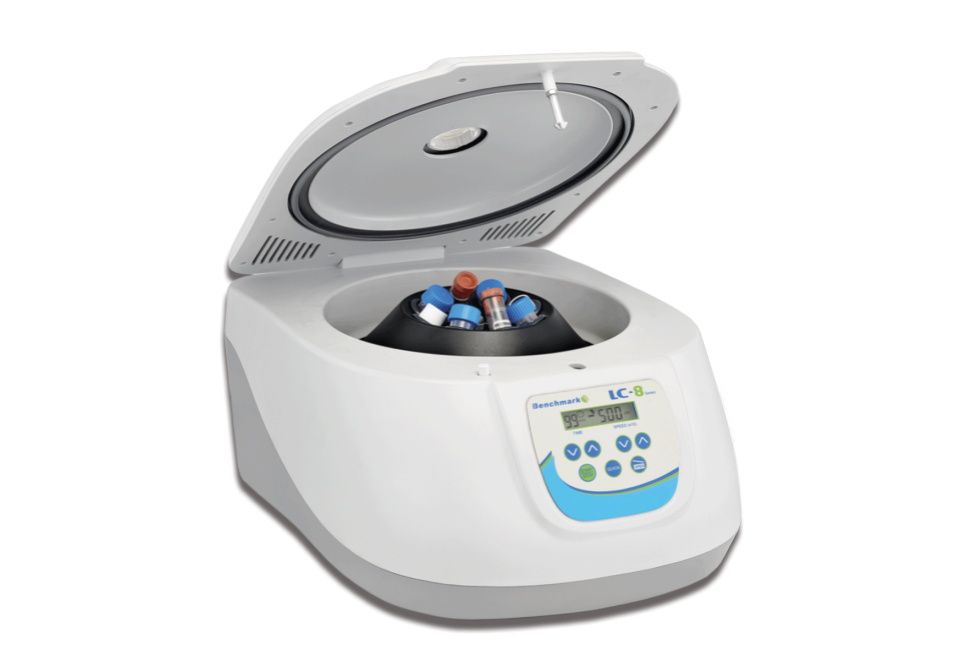
Chapter 13: Laboratory
This chapter outlines a variety of lab devices. It includes clinical information, common features, user setup, preventative maintenance and service tips of each laboratory device. Each device section includes challenge questions at the beginning of the section with answers found at the end. Devices include:
- Anaerobic Systems
- Blood Gas Analyzers
- Cell Washers
- Centrifuges
- Coagulation Analyzers
- Flame Photometers
- Media Sterilizers
Chapter 14: Diagnostic Imaging
This large chapter outlines a variety of imaging devices. It includes clinical information, common features, user setup, preventative maintenance and service tips of each imaging device, mainly found in Diagnostic Imaging (DI). Each imaging device section includes challenge questions at the beginning of the section with answers found at the end. Devices include:
- CR/DR/RF/MG/XA X-Ray imaging modalities
- Computed Topography (CT)
- Magnetic Resonance (MRI)
- Ultrasound (US)
- Nuclear Medicine (NM)
- PACS Systems
